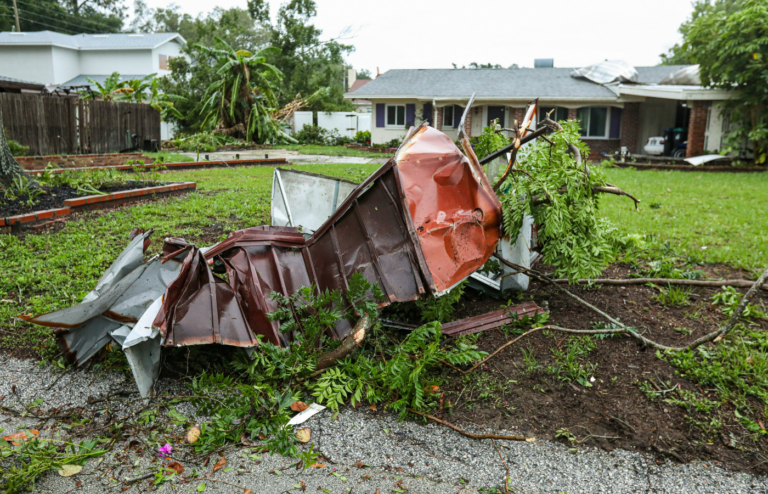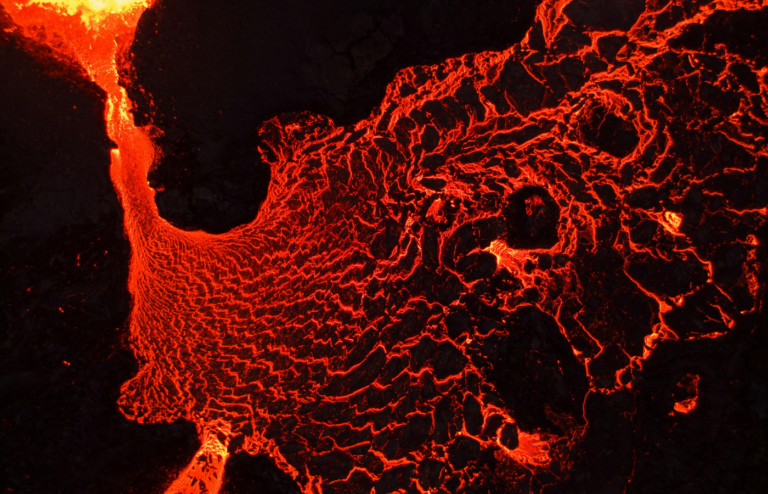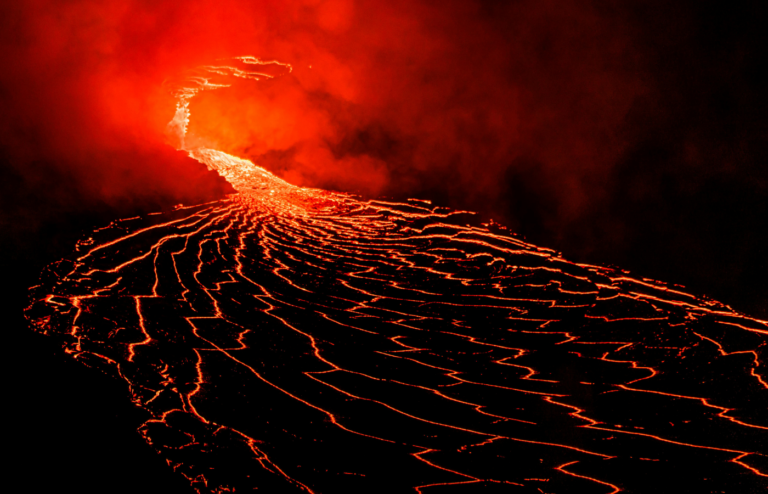Clouds are part of everyday life. They drift across the sky, turn pink at sunset, and sometimes ruin your sunbathing plans. But most people don’t know just how complex their formation really is.
Behind every puffy white cloud is a mix of chemistry, temperature, and physics. Some of it sounds simple—but the science runs deep. Here are ten surprising facts about how clouds form.
1. Clouds Start with Dust

Clouds can’t form without tiny particles in the air. These can be bits of dust, sea salt, smoke, or even pollen. Water vapor needs something to cling to as it cools and condenses.
Without these tiny particles, called cloud condensation nuclei, the water vapor would stay invisible. So yes—every cloud has a little dirt in it.
2. Warm Air Is the Engine
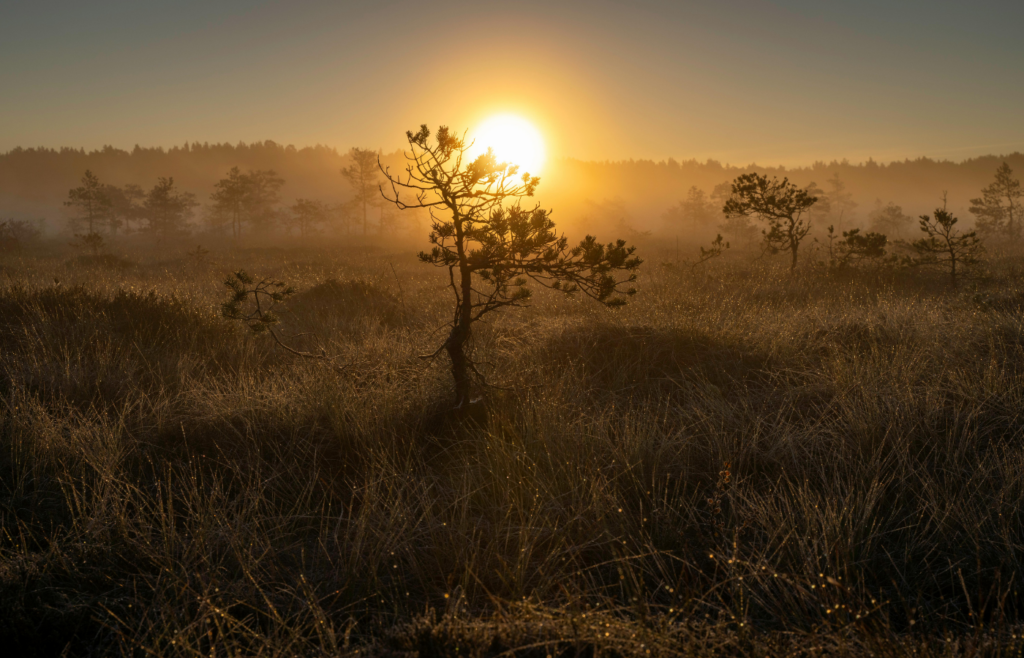
Warm air rises. That’s basic science, but it’s also the first step in cloud formation. As the sun heats the ground, the air near the surface becomes lighter and begins to lift.
As it rises, the air cools. And once it cools enough, water vapor begins to condense around those tiny particles. That’s when a cloud starts to form.
3. Clouds Are Made of Liquid, Not Vapor

Clouds may look like mist or steam, but they’re not made of vapor. They’re actually full of liquid water—tiny droplets suspended in air.
These droplets are so small they don’t fall right away. They stay floating, bouncing off each other, and slowly changing shape as they move through the sky.
4. Temperature Controls the Type of Cloud

From wispy cirrus to towering cumulonimbus, cloud types are shaped by temperature and altitude. Colder air creates thinner, higher clouds. Warmer conditions create thicker, lower ones.
The mix of air pressure, moisture, and temperature decides what kind of cloud forms. That’s why a summer storm cloud looks nothing like a high, icy veil on a winter day.
5. Some Clouds Are Made of Ice

Not all clouds are made of liquid water. High up in the atmosphere, where temperatures drop far below freezing, clouds form out of ice crystals instead.
These ice clouds sparkle in the sunlight and can create beautiful optical effects like halos and sundogs. They also help shape the upper atmosphere’s temperature balance.
6. Clouds Can Grow Taller Than Mount Everest

A fully developed thunderstorm cloud can stretch over 10 miles high—far above the cruising height of airplanes. That’s taller than Mount Everest.
These massive clouds are called cumulonimbus. Inside, powerful updrafts carry moisture upward, building huge towers of rain, hail, and lightning.
7. Air Needs to Cool to the Dew Point

Clouds don’t just form when water’s around—they need the air to cool to a specific point. That’s called the dew point. It’s the temperature where water vapor becomes liquid.
If rising air doesn’t reach the dew point, no cloud forms. This is why some humid days stay cloudless—it’s warm, but the air isn’t cooling enough to trigger condensation.
8. Mountains Can Make Clouds
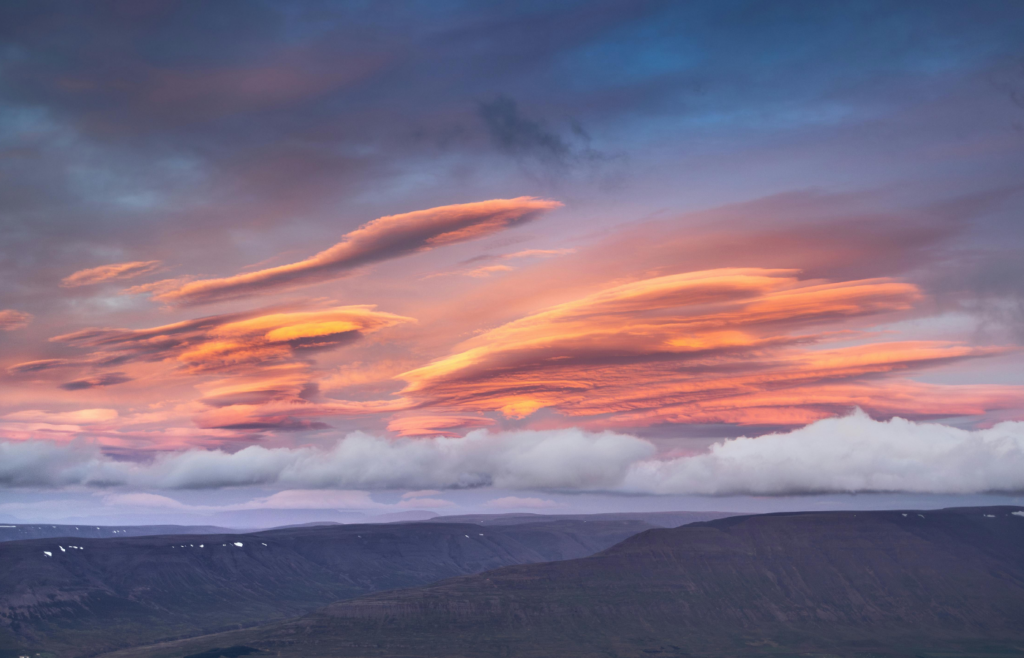
When moist air hits a mountain, it’s forced to rise. As it climbs, it cools—and often forms clouds. This is called orographic lift.
It’s why mountain ranges often have cloudy tops, even on sunny days. On the far side, the air sinks and dries out, creating rain shadows and deserts.
9. Contrails Are Man-Made Clouds

Ever see a long white line behind an airplane? That’s a contrail, and it’s technically a cloud. It forms when hot engine exhaust hits cold air and condenses.
These clouds are high in the atmosphere and can last for seconds—or hours—depending on humidity and wind. Some even spread out to form cloud layers.
10. Clouds Affect Climate and Weather More Than You Think

Clouds don’t just react to weather—they create it. They reflect sunlight, trap heat, and move moisture around the planet.
Scientists are still studying how different clouds affect climate. Some cool the Earth. Others warm it. Understanding their behavior is key to predicting climate change more accurately.
So the next time you look up, remember: clouds aren’t just fluffy sky decorations. They’re complex, ever-changing science in motion.


